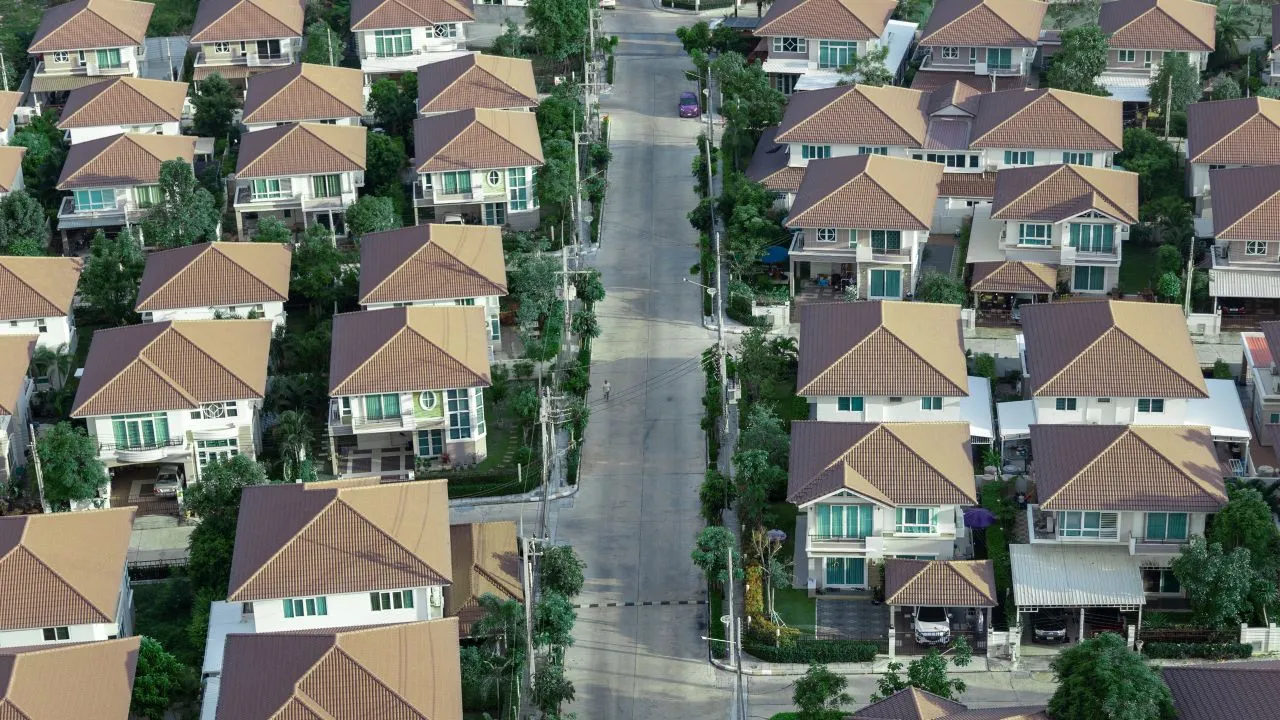Homeowners insurance is an essential element of owning your home. It shields your property and possessions from harm caused by fire, hurricanes, lightning strikes, vandalism or other perils covered under your policy.
Insurance companies determine how much to charge you for homeowners insurance by calculating the risk of insuring your home. This is determined by factors such as the age and construction of your residence, its proximity to other homes, climate conditions in your neighborhood and more.
Type of Coverage
When selecting a homeowners insurance policy, the type of coverage provided is critical. For instance, make sure your policy covers damages caused by natural disasters like earthquakes and hurricanes.
Additionally, make sure your home insurance policy covers the contents of your residence – this includes furniture, appliances, clothing and other belongings.
Selecting the appropriate amount of coverage for your home and personal property can help guarantee you have enough funds to replace them in case a disaster strikes. You should also take into account what type of deductible you select so that there is enough money available for claims.
Deductibles
Deductibles are one of the key elements that determine your home insurance premium. The higher your deductible, the cheaper your rate; however, remember that you will also have to pay more out-of-pocket in case of a claim.
Home insurance policies typically require you to select a deductible. Deductibles can range from either a set dollar amount or percentage of your policy’s coverage limits, depending on which insurer you select.
Some deductibles are tailored for specific perils, such as wind and hail damage. These deductibles can range from 1% to 5% of your home’s insured value and usually come in percentage-based forms.
Deductibles differ by state, so it’s essential to do your due diligence and consult an insurance expert. They can help you select a deductible that works for your unique financial situation and budget.
Liability Coverage
A homeowner’s insurance policy can offer liability protection in case someone gets hurt on your premises. It also covers lawsuits for property damage or injuries caused by your carelessness.
To protect against these risks, it’s essential to understand what liability coverage is and how much you should purchase. Liability limits start at $100,000 but can be increased for extra protection.
You should purchase enough dwelling coverage to rebuild your home if it’s damaged due to a covered peril. That amount should correspond with the cost of rebuilding according to local labor and material costs.
Other structures on your property are typically covered by 10% of your home’s dwelling coverage; however, this amount can be increased if you get an endorsement or purchase more coverage. If there is a second garage, shed, or barn on the premises it may be beneficial to obtain separate coverage for these items.
Replacement Cost Value
The replacement cost value of your home is an important factor that impacts homeowners insurance premiums. This figure represents what it would cost to rebuild your house at current market prices for construction materials and labor if it were destroyed due to a covered loss.
When it comes to calculating your home’s replacement value, there are a few methods. An appraisal is the most accurate option while online calculators provide estimates.
An appraiser will research local building costs, materials and labor rates to provide you with a detailed report on your home’s replacement value.
This value also serves to determine your dwelling coverage limit on a home insurance policy. In most cases, you must insure your home for at least 80% of its replacement cost in order to receive compensation from your insurer after a loss.

